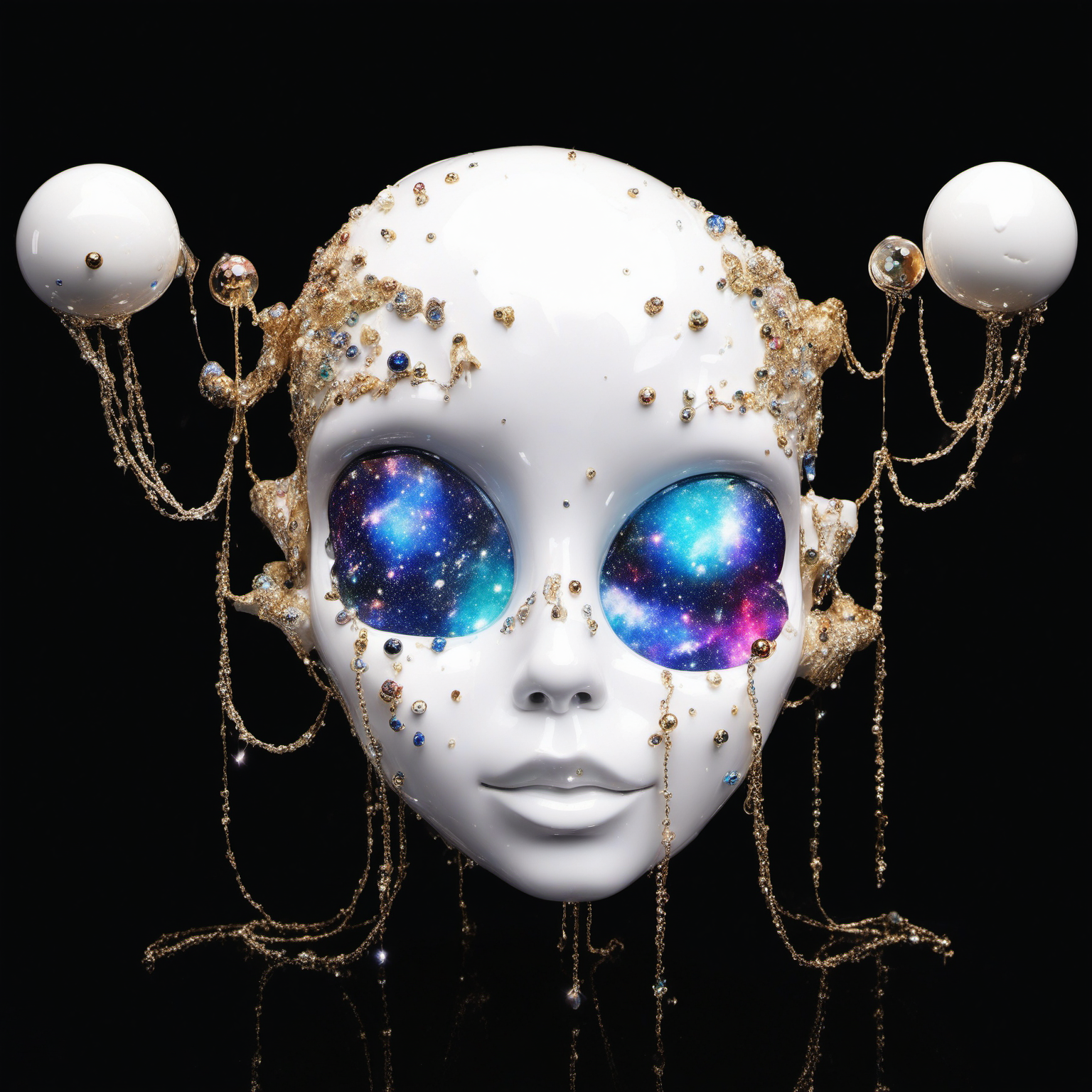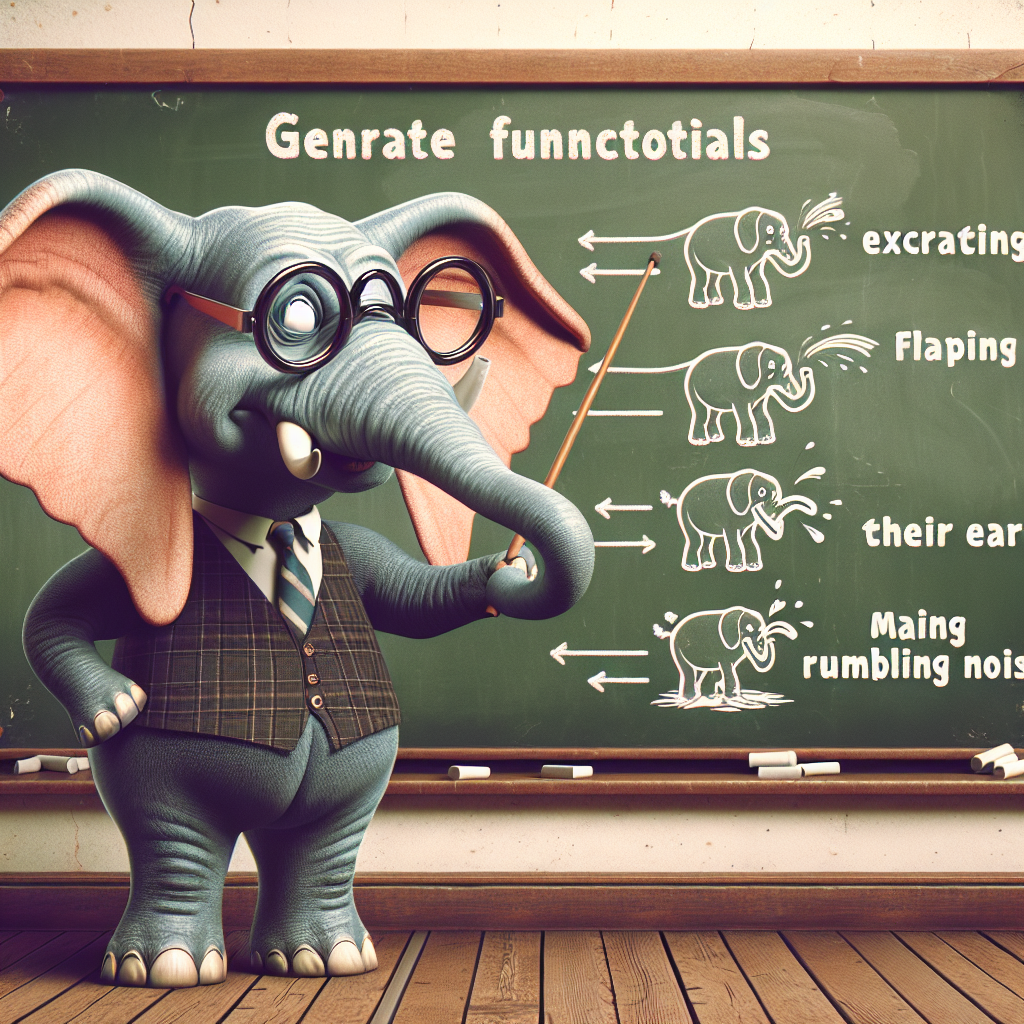Summary made by Quivr/gpt-3.5-turbo-0613
The document titled “Multi-label classification of frog species via deep learning” discusses a method for classifying multiple frog species in audio recordings. The study aims to overcome the limitation of previous methods that assume recordings contain only one species.
The method consists of four steps: data description, signal pre-processing, feature extraction, and classification. In the data description step, digital recordings of frog calls were obtained using a specialized device. The recordings were two-channel and sampled at 22.05 kHz.
In the signal pre-processing step, the recordings were resampled and converted to mono. Three different time-frequency representations were tested: fast-Fourier transform spectrogram, constant-Q transform spectrogram, and Gammatone-like spectrogram.
For feature extraction, a deep learning algorithm was used to extract important features from the time-frequency representations. This approach was preferred over traditional hand-crafted features, as deep learning has shown better classification performance in frog call classification.
Finally, a binary relevance based multi-label classification approach was used to classify simultaneously vocalizing frog species. Eight frog species from Queensland, Australia, were selected for the experiment.
The document concludes by mentioning that features extracted using deep learning can achieve better classification performance compared to hand-crafted features.

